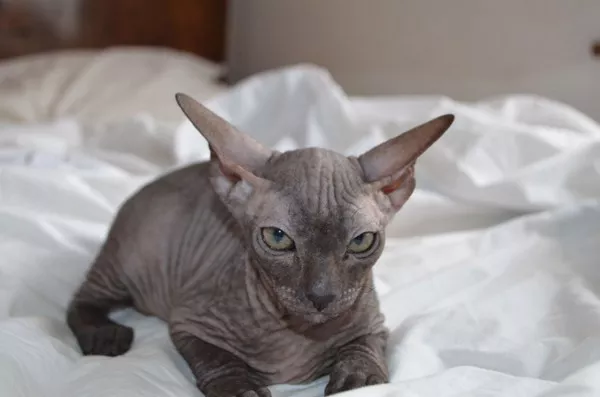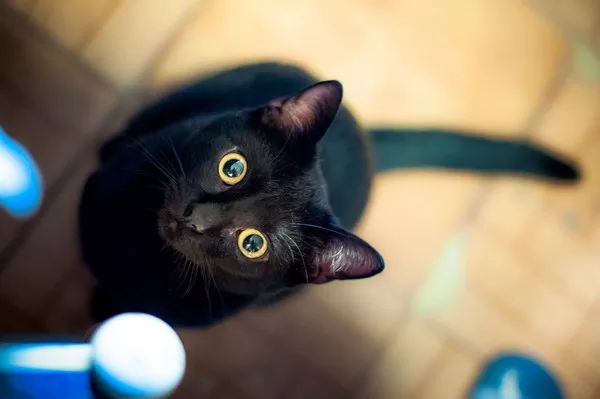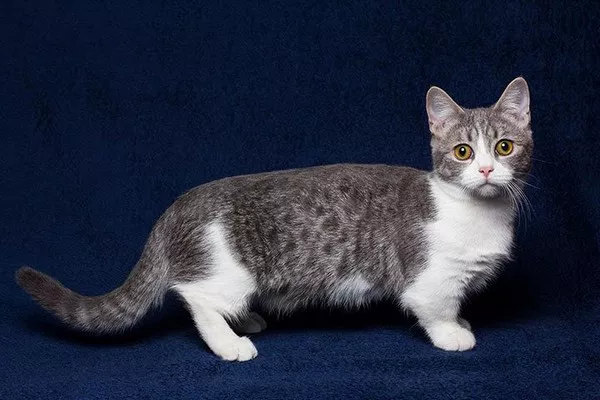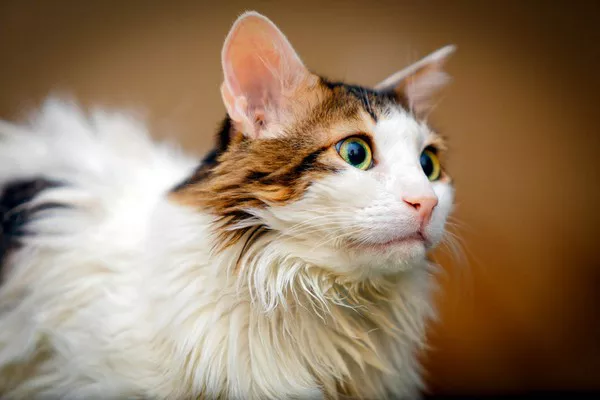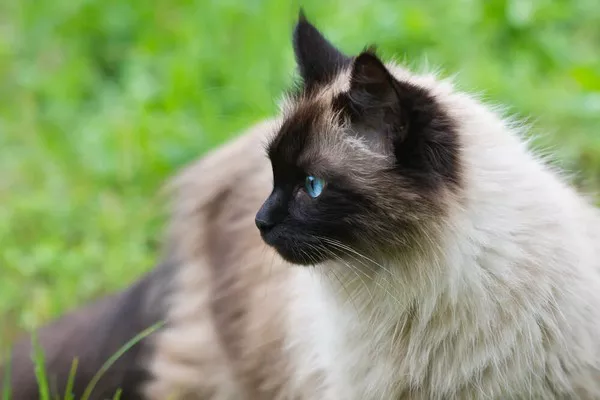Sphynx cats, known for their hairless bodies and distinctive appearance, require special attention when it comes to eye care. Due to their lack of fur, their eyes can be more susceptible to dirt and debris. In this comprehensive guide, we will explore how to clean Sphynx cat eyes effectively, discuss common eye issues, and provide tips for maintaining optimal eye health in these unique felines.
Understanding Sphynx Cat Eye Health
Sphynx cats are known for their large, expressive eyes, which are a prominent feature of their hairless faces. While their eyes are captivating, they can also be more prone to certain eye-related issues, including:
Tear Stains: Sphynx cats may develop tear stains, which are reddish-brown streaks or marks that occur beneath their eyes. These stains can result from excessive tearing and are more visible due to the absence of fur.
Eye Discharge: Like all cats, Sphynx cats may experience eye discharge. While a small amount of clear discharge is normal, excessive or colored discharge can indicate an underlying issue.
Eye Infections: Sphynx cats may be more susceptible to eye infections due to their exposed eyes. These infections can range from mild conjunctivitis to more severe conditions that require treatment.
How to Clean Sphynx Cat Eyes
Cleaning your Sphynx cat’s eyes is a simple yet important part of their grooming routine. Regular eye cleaning can help prevent tear stains, reduce the risk of infections, and keep their eyes healthy. Here’s a step-by-step guide on how to clean Sphynx cat eyes:
Step 1: Gather Your Supplies
Before you begin, gather the following supplies:
Clean, soft, lint-free cloths or gauze pads
Warm water (distilled or previously boiled and cooled)
A mild, cat-safe eye cleanser recommended by your veterinarian
Step 2: Wash Your Hands
Always start by washing your hands thoroughly to prevent the transfer of dirt and bacteria to your cat’s eyes.
Step 3: Calm Your Cat
Hold your Sphynx cat gently but firmly in your lap or on a comfortable surface. Speak to them soothingly to keep them calm and relaxed during the cleaning process.
Step 4: Moisten the Cloth or Gauze
Dampen the cloth or gauze pad with warm water. Ensure it’s not too hot, as this can be uncomfortable for your cat. You can also use a veterinarian-recommended eye cleanser by applying a few drops to the cloth.
Step 5: Wipe Gently
With one hand, hold your cat’s head steady, and use the dampened cloth or gauze pad to gently wipe away any debris or eye discharge. Start from the inner corner of the eye and move outward. Use a different area of the cloth for each eye to avoid cross-contamination.
Step 6: Repeat if Necessary
If there is a significant amount of discharge or staining, you may need to repeat the process. Be gentle and patient to avoid causing discomfort to your cat.
Step 7: Reward and Praise
Once you’ve finished cleaning your Sphynx cat’s eyes, reward them with a treat and praise to reinforce positive behavior.
Tips for Sphynx Cat Eye Care
In addition to regular eye cleaning, here are some tips to help maintain your Sphynx cat’s eye health:
Regular Check-ups: Schedule regular veterinary check-ups to monitor your cat’s overall health, including their eyes.
Diet and Nutrition: Provide a balanced and high-quality diet that supports your cat’s overall health, as proper nutrition can benefit their eyes.
Hydration: Ensure your cat is adequately hydrated, as dehydration can lead to dry eyes and other eye issues.
Avoid Irritants: Keep irritants like dust and smoke away from your cat’s environment, as they can exacerbate eye issues.
Allergen Control: If your cat has allergies, work with your veterinarian to manage them, as allergies can contribute to eye problems.
Prompt Veterinary Care: If you notice any unusual symptoms, such as excessive tearing, colored discharge, squinting, or redness, consult your veterinarian promptly for a professional evaluation.
Protection from Sunlight: Sphynx cats can be sensitive to sunlight due to their lack of fur. Protect their eyes from direct sunlight when outdoors by using cat-safe sunglasses or keeping them in shaded areas.
Common Eye Issues in Sphynx Cats
While regular eye cleaning and care can help prevent many eye issues, it’s essential to be aware of common problems that can affect Sphynx cats:
Conjunctivitis: This condition, characterized by redness and inflammation of the conjunctiva (the tissue lining the eyelids and covering the eye), can result from infections or allergies.
Keratitis: Keratitis is the inflammation of the cornea, which can cause eye pain and discomfort. It may result from infections or injuries.
Corneal Ulcers: These are open sores on the cornea, often caused by injuries or scratches. They require immediate veterinary attention.
Dry Eye (Keratoconjunctivitis Sicca): Sphynx cats may be more prone to dry eye due to their lack of fur. This condition results from inadequate tear production.
Glaucoma: Glaucoma is a condition characterized by increased pressure within the eye, which can lead to vision loss if not treated promptly.
Conclusion
Proper eye care is crucial for Sphynx cats to maintain their eye health and overall well-being. Regular eye cleaning, along with a healthy diet and prompt veterinary care when needed, can help ensure that your Sphynx cat’s eyes remain bright, clear, and free from discomfort. By following the guidelines and tips provided, you can help your beloved Sphynx cat enjoy a lifetime of healthy and beautiful eyes.

